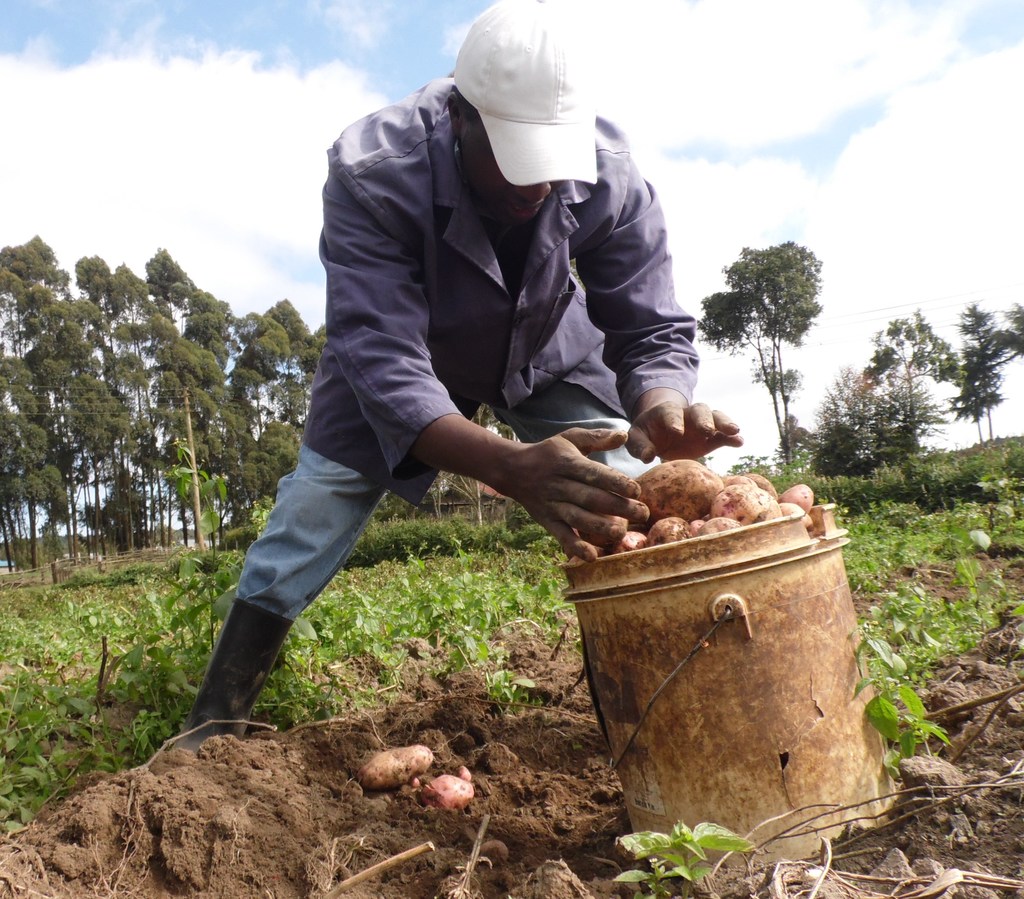
Avocado seller at a local market. Kenya avocado export has an expanded market in Europe in April ahead of the entry from Peru. Photo courtesy.
Kenyan farmers could enjoy an expanded market in April with the expected maturity delay of avocados from on the European Union’s leading exporter, Peru.
Although there is competition from all-year-round producers like Israel, the Kenyan avocado will have an opportunity due to its affordability ahead of May when the harvest from Peru would enter the market.
Peru produces more than 16,000 tonnes every year for export, and over 60 per cent of the harvest is goes into the European market.
Anton Bothama said the Kenyan avocado is cheaper by about two US Dollars when compared o that from Israel and Peru; this gives the exporters an upper hand in reaching the market that requires cheaper produce.
Bothama is an official of Eagle Fruit Alliance, an export company with offices in Kenya, Egypt and South Africa.
Avocado prices vary from six to eight US Dollars, in the European market. Netherlands is one of the biggest consumers of Kenyan avocado.
The country exported 78 containers and 534 tonnes by water and air to Europe in 2016, according to Fresh plaza, an online marketplace.
Bothama, however, said the harvest from Kenya in 2016 was of poor quality. This was as a result of poor packaging conditions, but added that this year will be different since the cold rooms and other facilities have been improved.
READ ALSO: Controlled containers boost Kenyan avocado export market
READ ALSO: Central Kenya avocado farmers enjoying export opportunity
READ ALSO: Manual oil extractor to save avocado farmers from losses
Middlemen in the supply chain also mix mature and immature fruits. This affects the quality of the export, therefore, tainting the Kenyan name in the market – in cases where importers do not deal with farmers directly.
Bothama told FreshPalza that mature avocados have high oil content and less water concentration in the flesh. Such high quality avocado fetches well in the export market.
Although the countrywide drought affected the development of the avocados, the size is expected to improve with the rains, which have started falling in the major production areas such as central, western, Nyanza, among others.
Sufficient rains can significantly improve the size of an avocado within seven to 10 days.
Write comment (0 Comments)

















